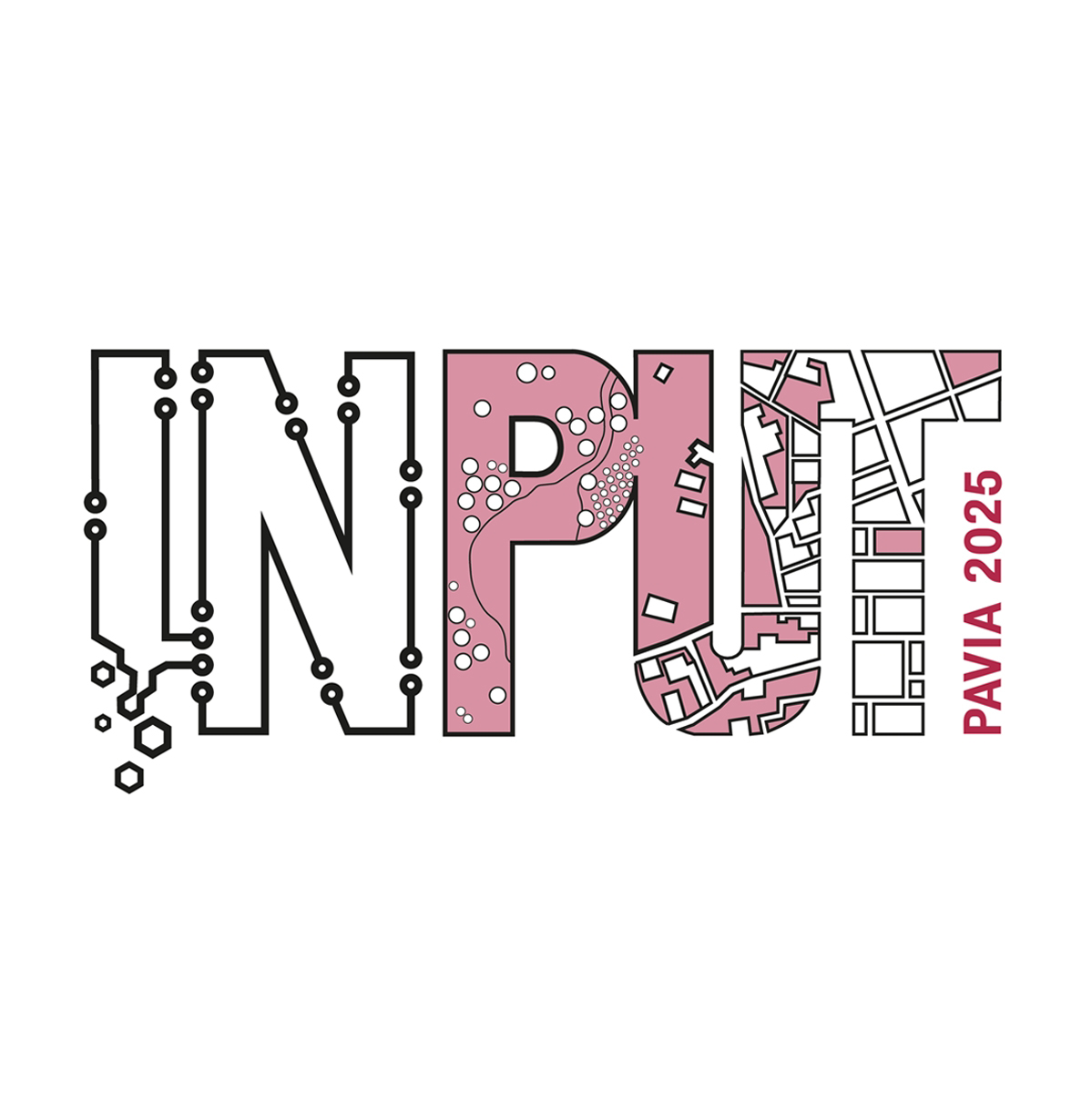The Rise of Food Charity in Urban Areas. What Hope for the Right to Food?
Cattivelli Valentina (Pegaso Digital University and Polytechnic of Turin)
Recent studies indicate that increasing numbers of people in countries across the Global North are finding it harder to feed themselves and their families. Poor access depends on food infrastructure deficiency and economic factors, such as income disparities, unemployment, rising food prices and economic downturn, that degenerate in social inequalities among the local population. Inequalities leads to food insecurity and injustices among people, and result in serious repercussions for the most vulnerable social groups and remote or food deserted territories.
To address food insecurity, local governments usually revise their local food policies and allocate assistance programs to help individuals or associations buy food and receive income support. Almost at the same time, local voluntary associations and the population have mobilized to create several food supply initiatives at the local level, which are considered examples of food charity.
Food charity initiatives typically receive food donations from a variety of sources, such as grocery shops, restaurants and individuals, and then distribute the food to those in need through food banks, soup kitchens and other programs. These initiatives can also address the root causes of hunger, such as poverty and lack of access to affordable and healthy food, through advocacy and education. They also seem to be good examples of social innovation, as their realization depends on the mobilization of the local community to restructure the local food network and solve local food supply difficulties through sustainable solutions. However, to our knowledge, there are not yet many studies that confirm this hypothesis or investigate their characteristics and the actors involved.
Although food charity initiatives play an important role in providing food to those in need, there are some challenges and problems associated with this type of activity. The most common are: limited financial resources of many operators and their low accessibility to those in need (who are sometimes embarrassed or ashamed to ask for help), dietary diversity and quality, waste, over-dependence, etc.
This Session addresses the following topics:
- What are the essential characteristics of food charity initiatives?
- Who are the actors involved? What kind of relationships exist between them?
- What is the role of local governments in promoting these initiatives?
- How do they permanently solve the problem of food security?
- Are they really experiences of social innovation? Once the Covid-19 emergency is over, will some of the experienced experiences continue?
- What are the implications on food chain planning at the urban level? And with relations to urban-rural areas? How are these initiatives distributed across urban regions?
- Can there be significant impacts on the spatial distribution of areas and urban mobility? Are there exemplary case studies worldwide that can provide guidance?
Keywords: food charity, food planning, urban-rural linkages, gift economy, peri-urban areas
